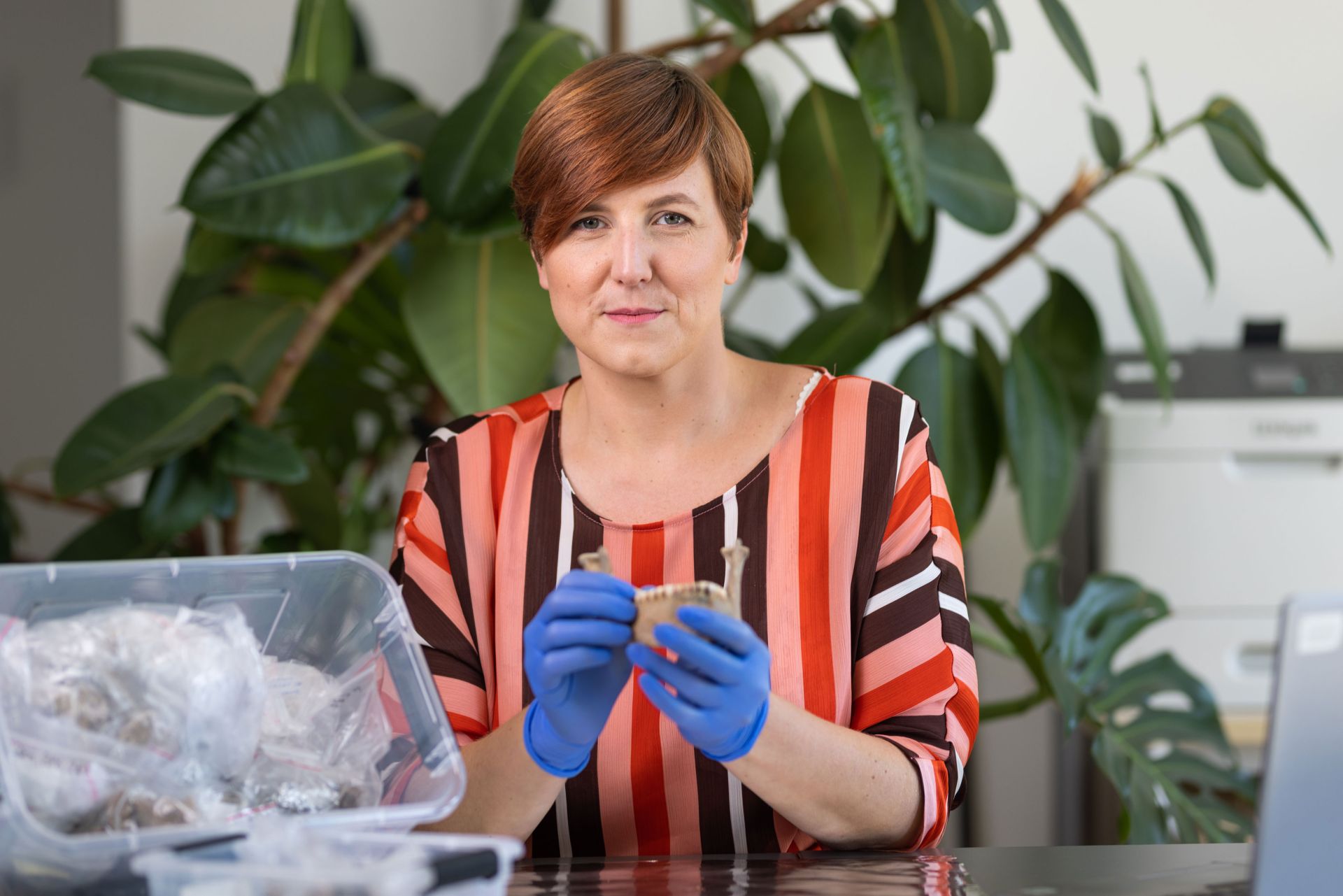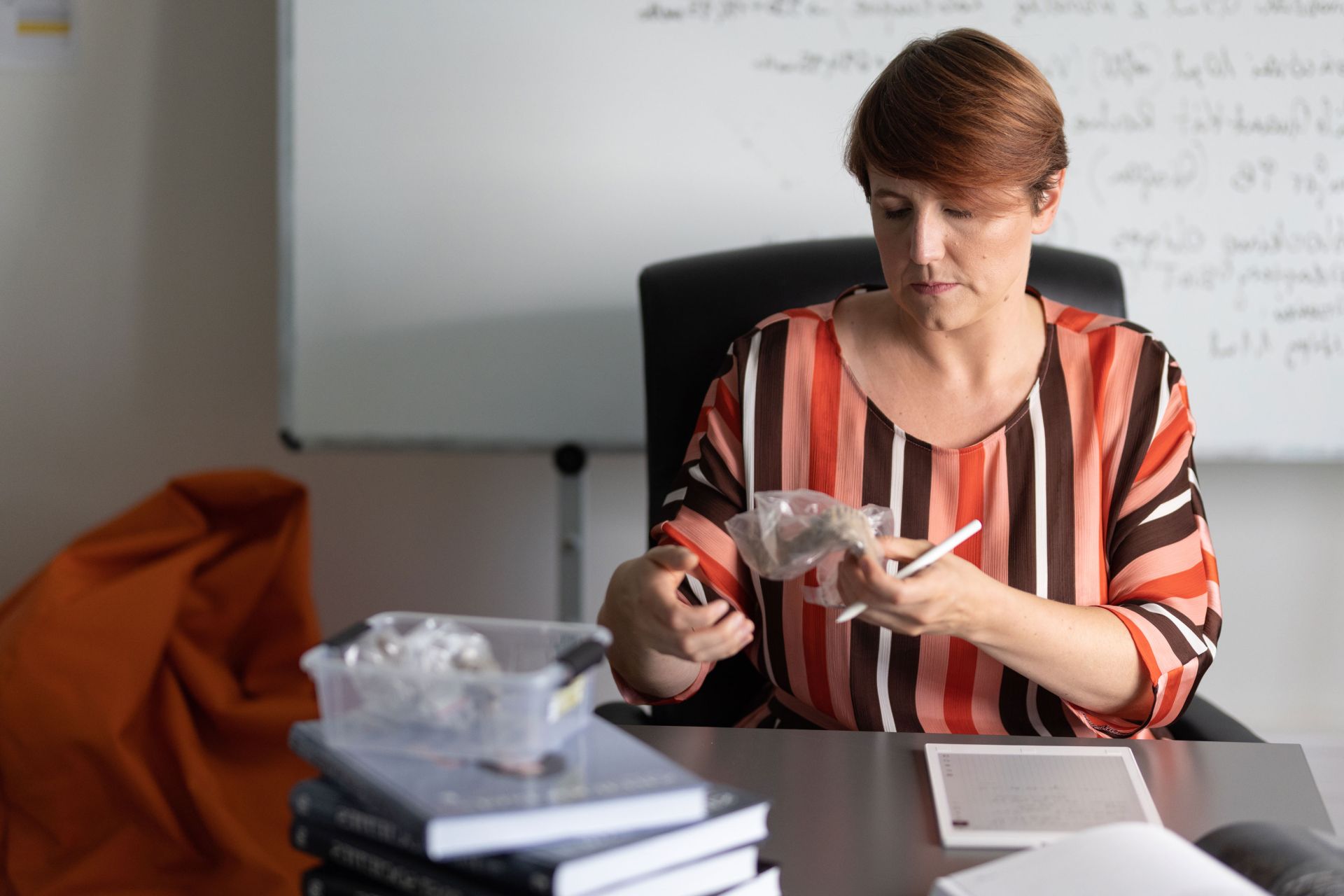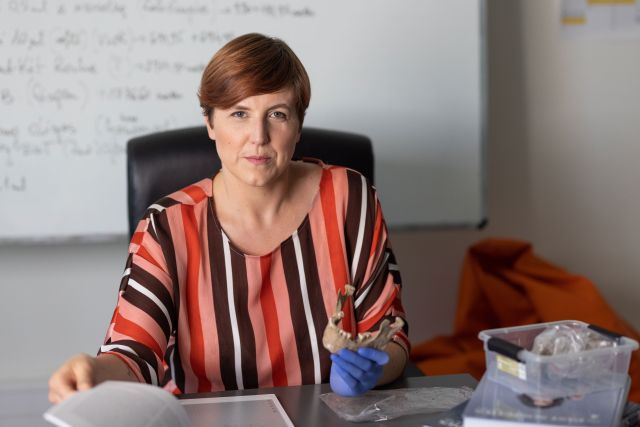Principal Investigator
:
Dr Martyna Molak-Tomsia
Museum and Institute of Zoology Polish Academy of Science
Panel: NZ8
Funding scheme
: SONATA 8
announced on
15 September 2014
Funded by the National Science Centre under the SONATA 8 call, entitled “Tiwanaku: using genetic methods to explore the origin, characteristics and population changes of a pre-Columbian Lake Titicaca culture”, our project was carried out in 2015-2021 by a scientific consortium formed by the Museum and Institute of Zoology, PAS and the Department of History of the University of Warsaw. The project focused on the Tiwanaku Culture, which flourished in the Lake Titicaca basin in what is now Bolivia and Peru between the 5th and 11th centuries CE, ranking as one of the greatest pre-Incan civilisations of America. Unfortunately, because the culture did not develop writing and many centuries have passed since its disappearance, everything we know about the people who created it, their customs and beliefs, is based on what survives of Tiwanaku’s imposing buildings, ceramics and other artifacts, as well as on human and animal remains found at settlement sites. Even though we know quite a lot about the material culture of the Tiwanaku, information about their origin and diversity, as well as any population changes over time, is limited to guesswork, in accordance with the maxim that “pots are not people”, which highlights the fact that similarities and differences in material culture do not always go hand in hand with population stability or change.
 fot. Michał Łepecki, dr Martyna Molak-Tomsia
fot. Michał Łepecki, dr Martyna Molak-Tomsia
The purpose of the project was to collect high-resolution genetic information from individuals whose remains were excavated at Tiwanaku sites. To this end, we employed state-of-the-art lab analysis and bioinformatic methods normally used for scarce and degraded DNA from skeleton fossils. This allowed us to obtain genomic information from 13 individuals from sites associated with the Tiwanaku culture, including eight from its political and ceremonial centre, four from a remote residential enclave and one from a Tiwanaku colony, as well as, for comparative purposes, four from the Coropuna region. Our research suggests that the inhabitants of the Lake Titicaca basin were a genetically homogeneous group that did not undergo any significant population changes. In contrast, the ceremonial centre of the Tiwanaku seems to have attracted newcomers from remote regions, in some cases from as far as the Amazon. In contrast to other hypotheses, put forward based on the sacrificial remains found at the ceremonial centre, these visitors did not come there on a pilgrimage, nor were they forcibly brought as war captives. They came there to settle, as evidenced by the presence of mixed-ancestry remains, i.e. the descendants of locals and newcomers.
 fot. Michał Łepecki, dr Martyna Molak-Tomsia
fot. Michał Łepecki, dr Martyna Molak-Tomsia
However, human remains found on the Akapana ritual site, which date back to a later, final period, already show an entirely local genome, which suggests that the far-reaching influence of the Tiwanaku culture had waned in the run up to its ultimate disappearance. Research conducted within the framework of the project provides important insights into the organisation of complex primitive societies that formed out of scattered, independent settlements. While we may never know the processes that led to the formation of these complex societies in full, studying their earliest forms is one of the few ways we have at our disposal to better understand the very roots of civilisation.
Project title: Tiwanaku: using genetic methods to explore the origin, characteristics and population changes of a pre-Columbian Lake Titicaca culture
Dr Martyna Molak-Tomsia
Martyna Molak-Tomsia graduated from the Faculty of Biology of the University of Warsaw, and earned her PhD in biology at the University of Sydney in 2014. Between 2014 and 2019, she worked as an Assistant Professor at the Museum and Institute of Zoology, PAS; in 2019, she moved on to take on a similar role at the Centre for New Technologies of the University of Warsaw. She is a Board Member of the Polish Society for Human and Evolution Studies. She has co-authored more than 20 articles published in renowned international journals and won two scholarships from the Foundation for Polish Science. Her research centres on the structure and dynamics of ancient human populations based on genomic analysis, as well as past epidemics and molecular evolution mechanisms.


